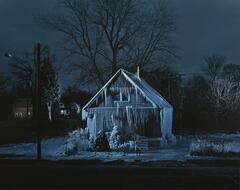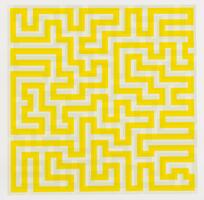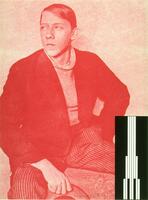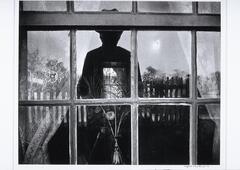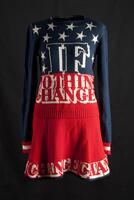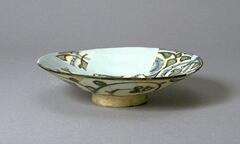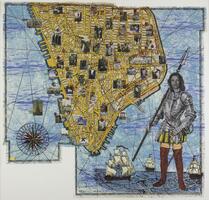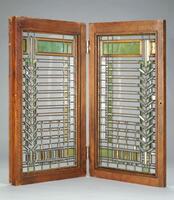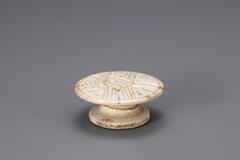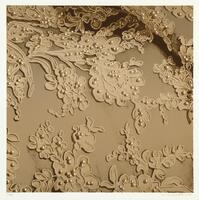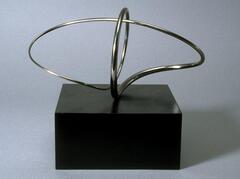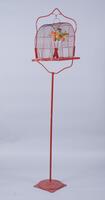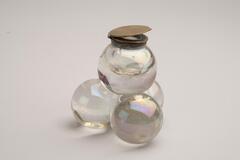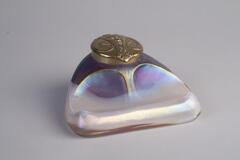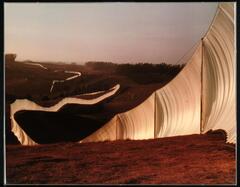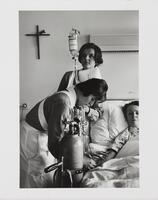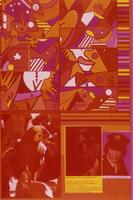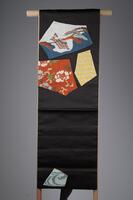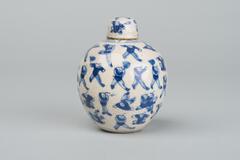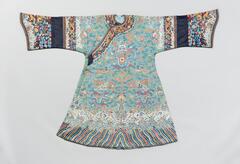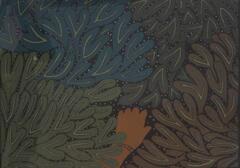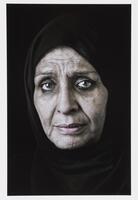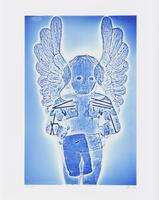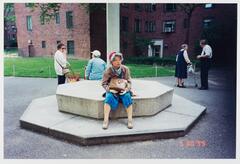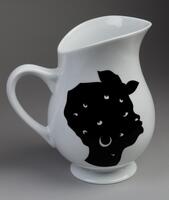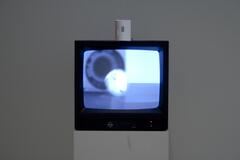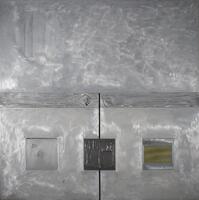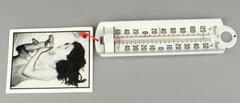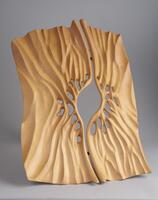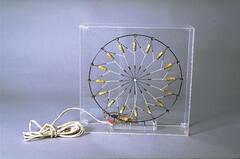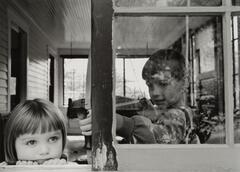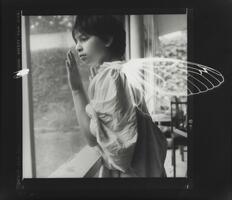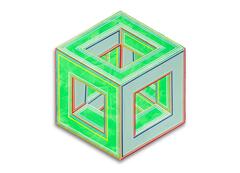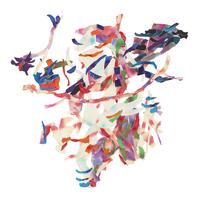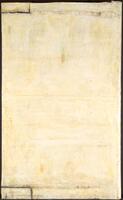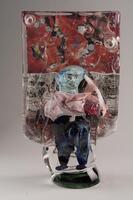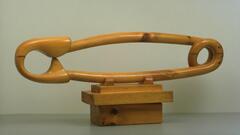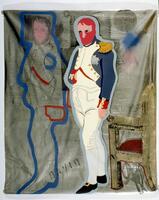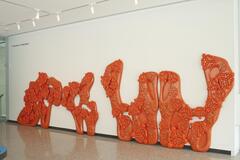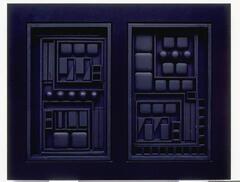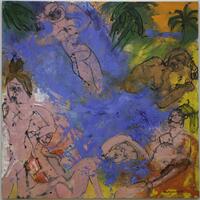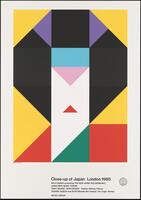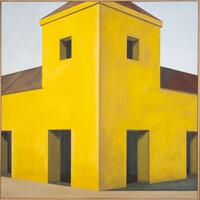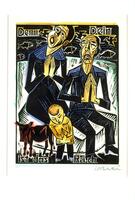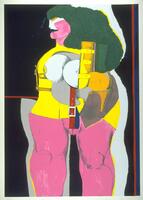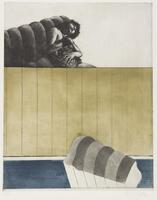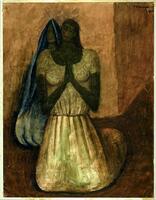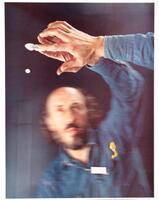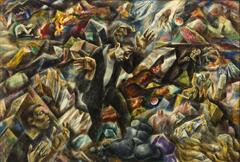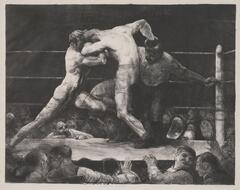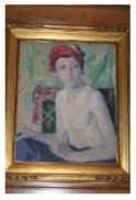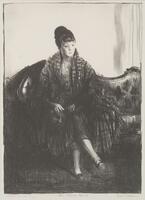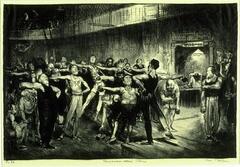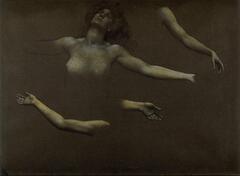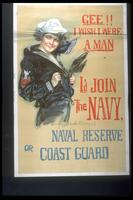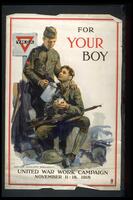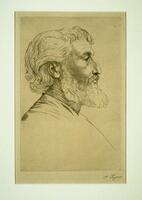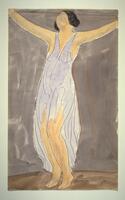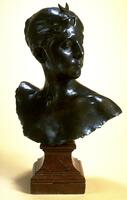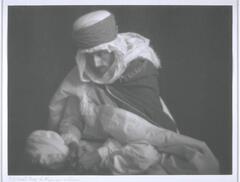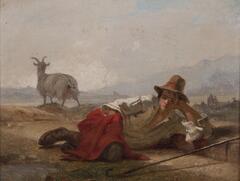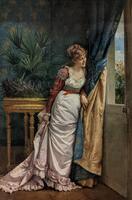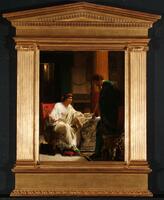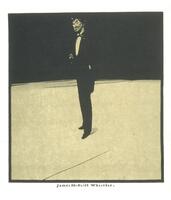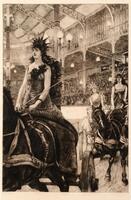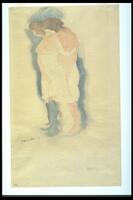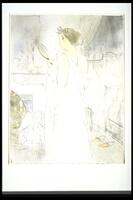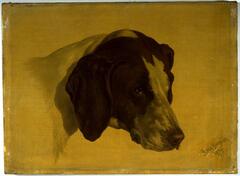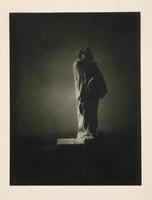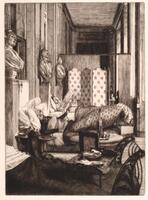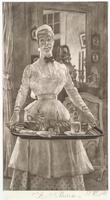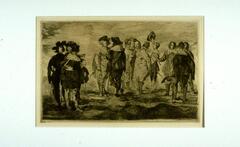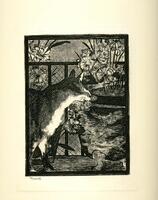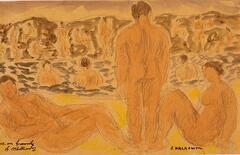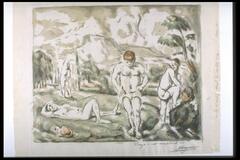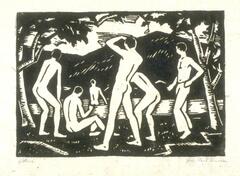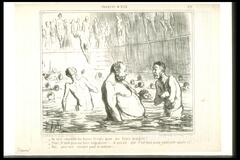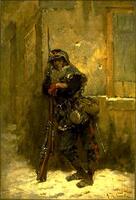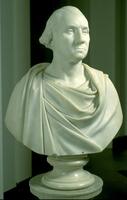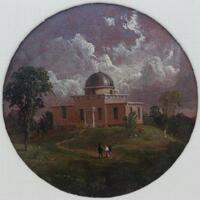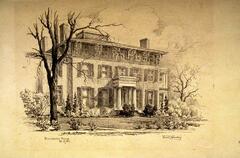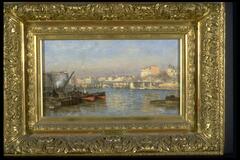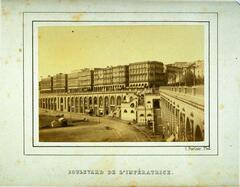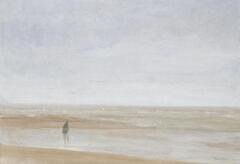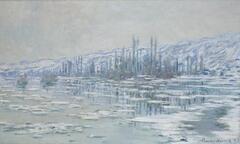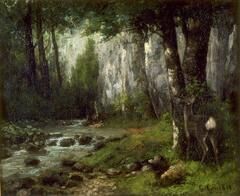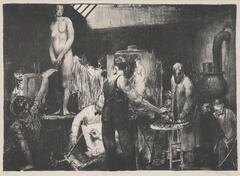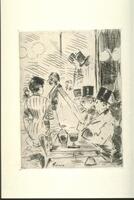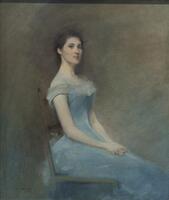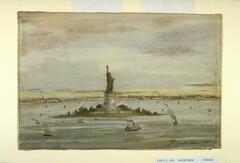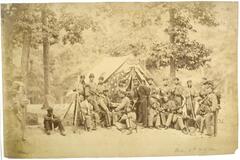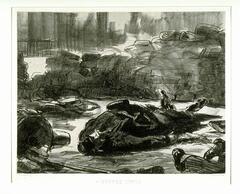Barbara Hepworth - Sphere with colour (Grey and white).
Much of Hepworth’s sculptural work is white, or sometimes black or bronze. She also made some work of hard Nigerian guaranteed wood, which was sent to her by a friend. Her work often has the theme of pregnancy or childbirth, including abstract figures with a rounded, womb-like hole. The idea of “pierced” shapes was taken up by other sculptors at the time, notably Henry Moore. Hepworth had a son by her first marriage, and subsequently triplets when married to the artist Ben Nicholson.
This sculpture, unlike Hepworth’s mainly white sculptures, is carved from striped green marble. The indents, when viewed at a distance (at least 6 ft with one eye closed is best) as you walk around, appear to be floating above the surface, like moons orbiting a planet.
1964, the year before this sculpture is officially dated, was the 4th centenary of Galileo’s birth. He is famous for his use of the new technology of the telescope in observing Jupiter’s moons, Io, Europa, Ganymede, and Callisto. Hepworth had Italian friends, who could easily have written to her with letters bearing the contemporary postage stamps commemorating Galileo. Magazine articles were published at the time about new observations of Jupiter, which would have been easily visible shining brightly in the night sky from her studio in St Ives, overlooking the Atlantic Ocean.
However, Sphere with colour (Grey and White) has only three moon-like indents, whereas Jupiter has four main moons, as discovered by Galileo. Returning to Hepworth’s more common theme of pregnancy and motherhood, the question arises again, why only three indents?
Hepworth had four children; three were triplets. Could this refer to the triplets? Or could it be telling us about her oldest son Peter, an RAF pilot who was killed in a plane crash in Thailand ten years earlier (1953)? Mourning her son, she may have felt like a planet missing its moon.
9 Items in this Learning Collection
Copyright
Charity (La Charité)
1895.96
Title
Charity (La Charité)
Artist(s)
William-Adolphe Bouguereau
Artist Nationality
French (culture or style)
Object Creation Date
1859
Medium & Support
oil on canvas
Dimensions
54 ⅞ in x 44 ¼ in x 2 ½ in (139.38 cm x 112.4 cm x 6.35 cm);54 ⅞ in x 44 ¼ in x 2 ½ in (139.38 cm x 112.4 cm x 6.35 cm)
Credit Line
Bequest of Henry C. Lewis
Label copy
March 28 2009
Charity was a popular theme for many nineteenth-century artists and one that Bouguereau revisited throughout his career. Along with faith and hope, it is one of the three Christian virtues, defined as love of God or the love of one’s neighbor for the sake of God. This virtue was often personified by acts of mercy—such as clothing the naked or nursing the sick—or, as here, by a mother with multiple children.
All of Bouguereau’s paintings were meticulously planned and executed: each was preceded by an initial oil sketch and numerous pencil drawings from life, and his incredible technical skill is evident in the precise drawing, the clarity of the forms, and the flawless flesh tones. His paintings are also characterized by their “licked” finish, painstakingly achieved by adding extra oil medium to the paint, which was applied in thin glazes with a coat of varnish between each layer. The result was a surface so smooth that individual brushstrokes are invisible.
Bouguereau was one of the most successful artists of the last decades of the nineteenth century, and his paintings were especially popular with Americans, who often bought them as soon as they were completed.
Subject matter
Charity was a popular theme for many 19th-century artists and a subject, which Bouguereau revisited throughout his career. He studied the work of Renaissance masters and was greatly influenced by Classical and early Italian Renaissance art, drawing much of his subject matter from mythological, classical and biblical stories. In “Charity” the carefully arranged poses, highly finished surface, restrained yet rich palette, and dramatic use of light, which are hallmarks of Bouguereau's style, serve to idealize and ennoble the subject.
Physical Description
Painting of a woman holding two sleeping nude babies, wearing white fabric draped over her head and shoulders with abundant blue-green fabric wrapped and loosely gathered around the rest of her body standing in front of a lush background with areas of blue sky peaking through the foliage.
Primary Object Classification
Painting
Primary Object Type
figure painting
Collection Area
Western
Rights
If you are interested in using an image for a publication, please visit http://umma.umich.edu/request-image for more information and to fill out the online Image Rights and Reproductions Request Form.
Keywords
Figures
allegory
baby
modern and contemporary art
mother
mothers
saint
sons (people)
trees
woods
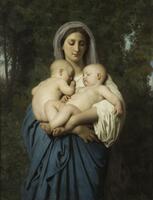

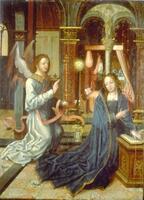


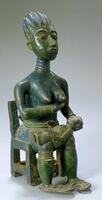
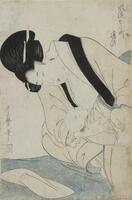
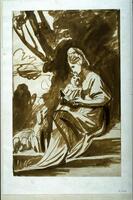
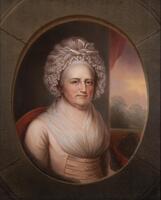

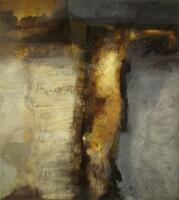
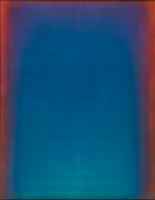

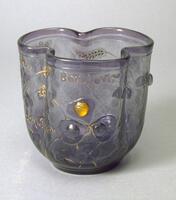
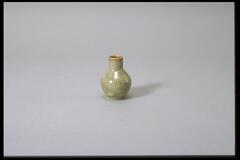
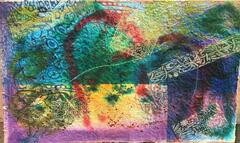
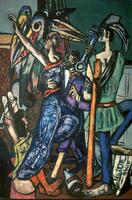

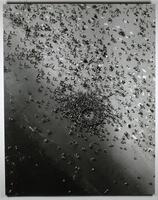

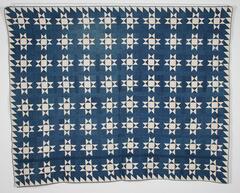
![A clear glass bubble rests on the bowl of a plain white clay pipe. Along the stem of the pipe are the words, "Ce que [sic] manque à nous tous." A clear glass bubble rests on the bowl of a plain white clay pipe. Along the stem of the pipe are the words, "Ce que [sic] manque à nous tous."](/media/W1siZiIsIjIwMjIvMDkvMjQvMmR5MHViN2o5Yl9kZWZhdWx0LmpwZyJdLFsicCIsInRodW1iIiwiMjQweDIwMCJdXQ?sha=e23a50659ff4d560)
